Mobile Typography Guidelines: Readability, Rhythm, and Delight
Chosen theme: Mobile Typography Guidelines. Welcome! Here we explore the human side of tiny text—how letters breathe on small screens, how words guide thumbs, and how good type turns rushed moments into calm clarity. Subscribe to follow practical tips, stories, and experiments that make mobile reading a joy.

Why Mobile Typography Matters
Attention Spans, Thumb Zones, and Cognitive Load
Mobile typography must respect limited attention and the comfort of one-handed use. Clear hierarchy and generous spacing reduce cognitive load, letting eyes anchor quickly and thumbs act confidently. Tell us which screen made you immediately understand what to tap.
Tiny Screens, Big Emotional Impact
A short headline, set with care, can defuse frustration at a bus stop or during checkout. We once swapped a shouty condensed font for a friendlier typeface and saw error rates drop. What small typographic tweak improved your day?
From Pixel to Perception
Users never see fonts; they feel them. A precise line-height can turn dense paragraphs into approachable guidance. A subtle weight shift can suggest priority without shouting. Comment with an app where the text simply felt right—and why it worked.
Sizing, Scale, and Responsive Type
For body text, a 16–18px equivalent is a reliable starting point, with line-height around 1.4–1.6 depending on typeface. Test on real devices, not emulators, and ask readers with different vision needs to confirm comfort.
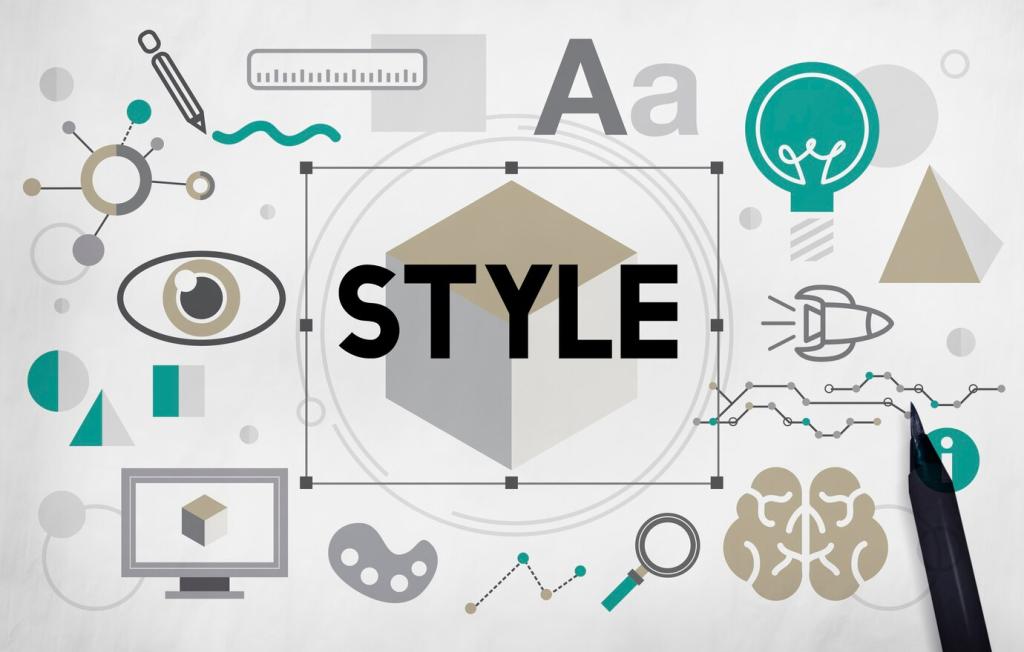
Line Length, Spacing, and Rhythm
Aim for roughly 40–60 characters per line on phones to reduce eye strain and avoid frequent hyphenation. Use margins and padding to protect text from screen edges, respecting thumb-friendly layouts and natural scanning patterns.
Line Length, Spacing, and Rhythm
Generous line-height helps small text breathe, but overdoing it disconnects sentences. Pair line-height around 1.4–1.7 with measured paragraph spacing so blocks feel related, not scattered. Ask readers if long articles feel airy or fragmented.

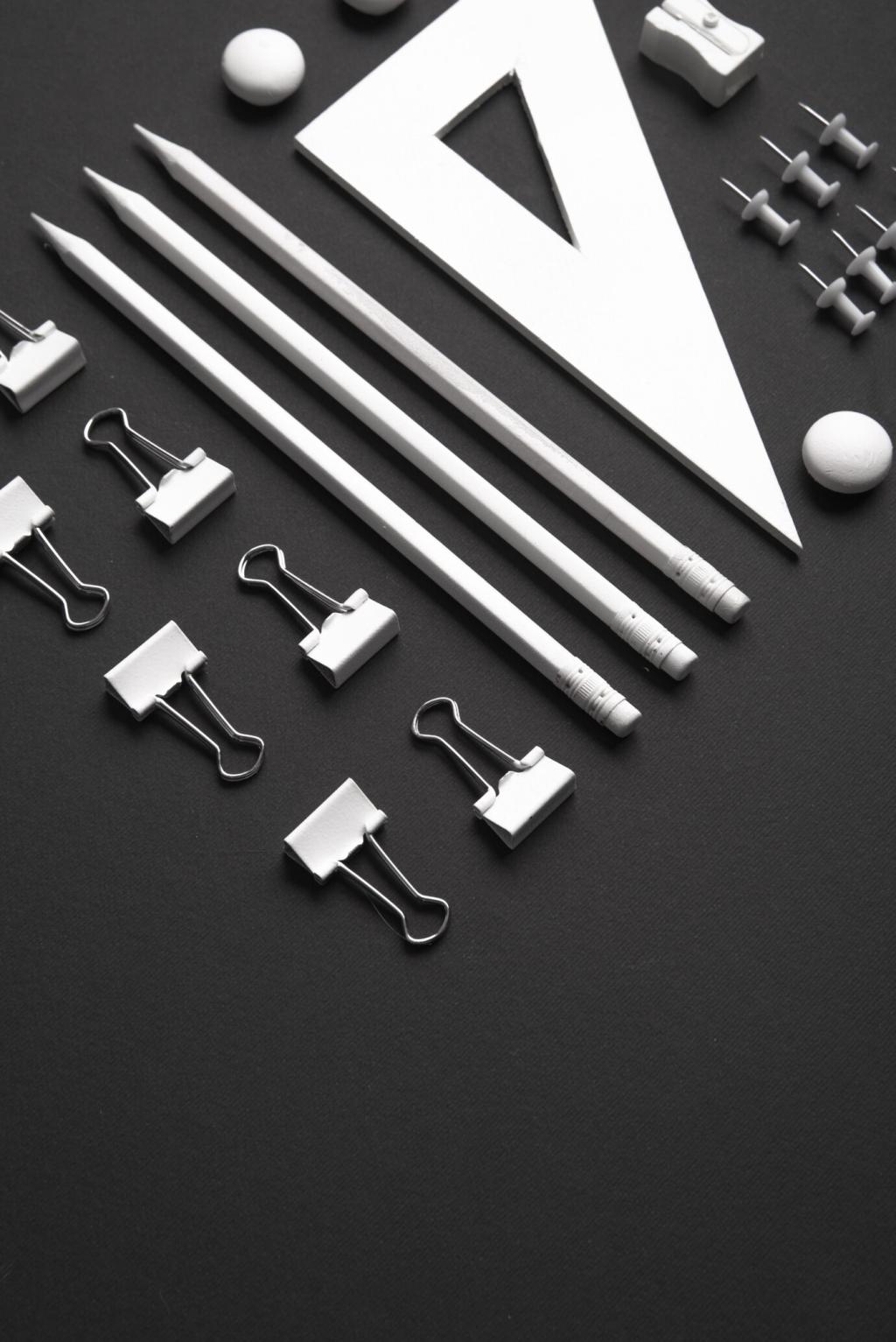
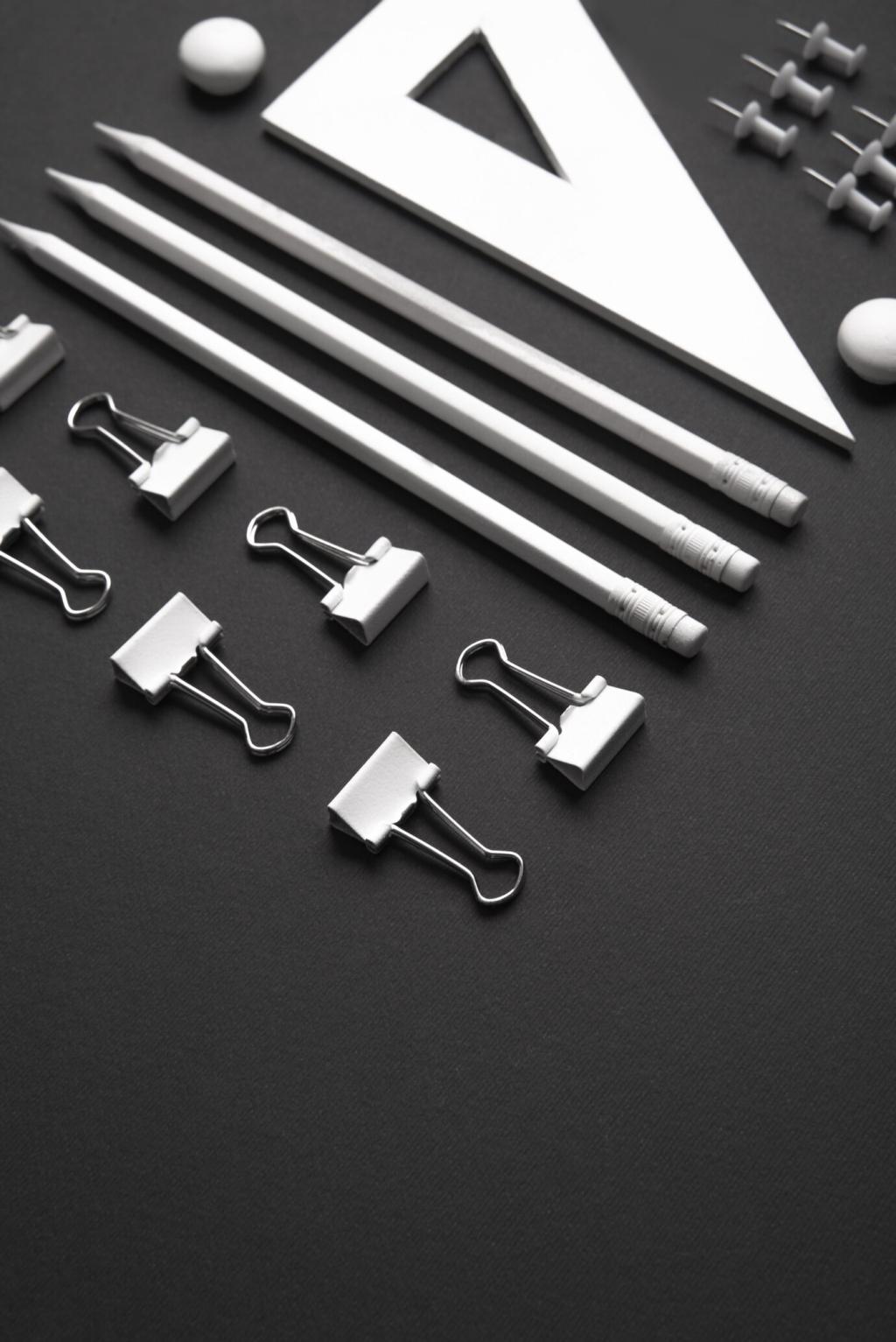
Contrast for Harsh Environments
Strive for at least WCAG AA contrast, and consider exceeding it for outdoor use. Test in grayscale and under direct light. When ambient glare strikes, extra contrast becomes kindness, not just compliance. What’s your minimum comfortable ratio?
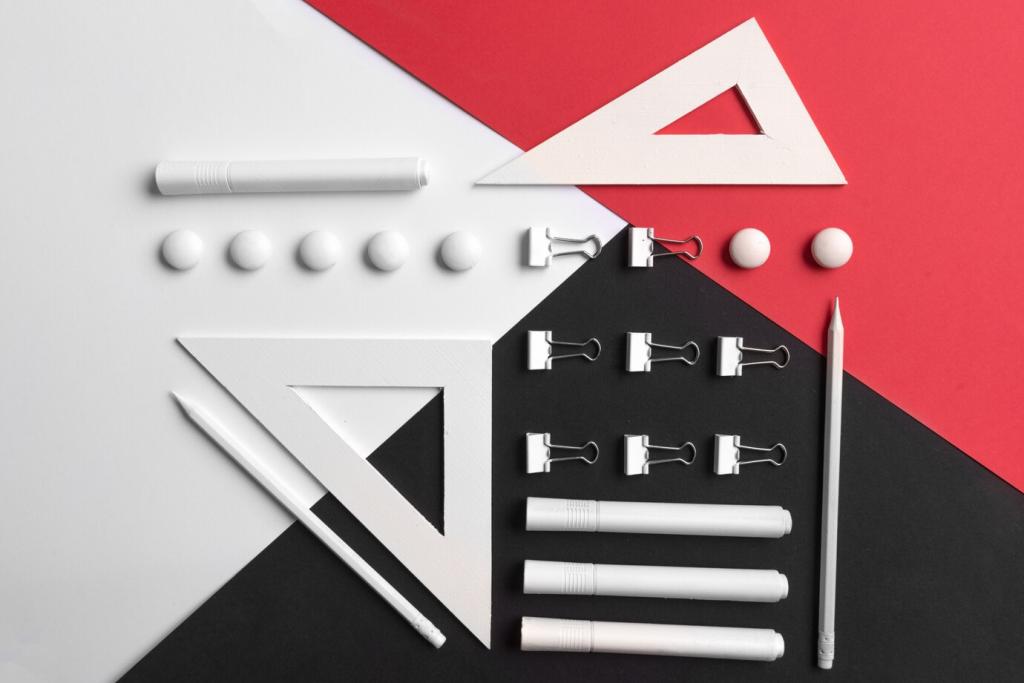
Dark Mode Done Right
Avoid pure black on pure white extremes for long reading; near-black like #121212 can reduce haloing. Maintain sufficient contrast for all states. On OLED, deeper darks save power, but clarity always comes first—share your favorite dark theme.
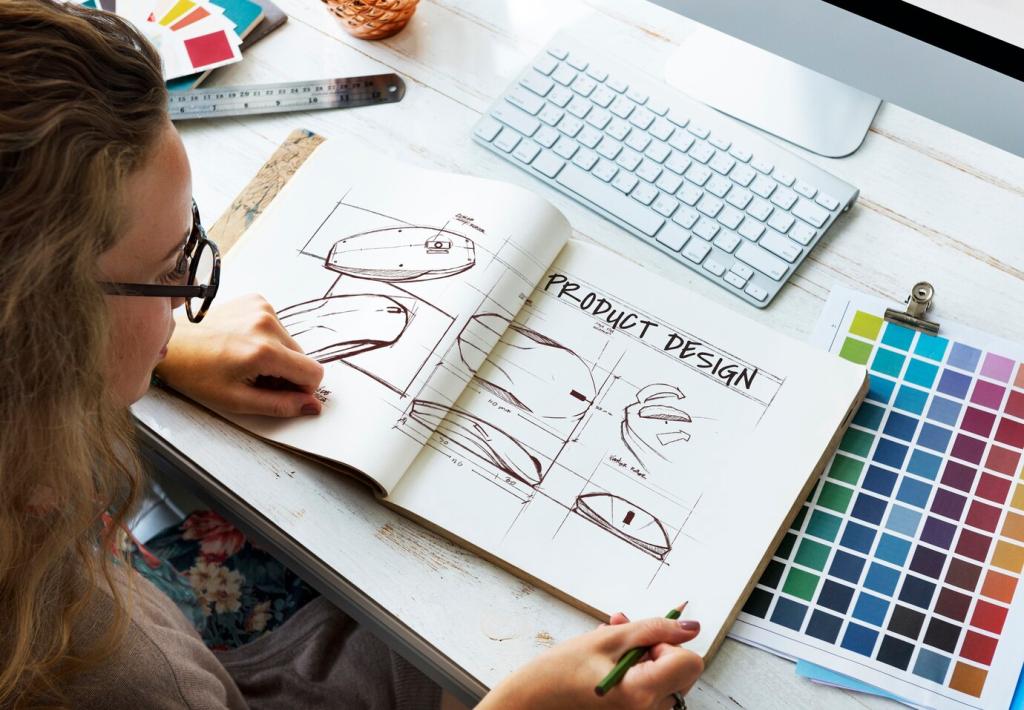

Typeface Choice and System Text
San Francisco and Roboto are battle-tested and efficient, with excellent hinting and language coverage. Custom type can elevate voice, but plan fallbacks, licensing, and performance. Variable fonts can reduce requests while enabling flexible styles.
Typeface Choice and System Text
Look for open apertures, solid x-height, and clear differentiation between similar forms like I, l, and 1. Avoid overly condensed cuts for body copy. At small sizes, even spacing and sturdy shapes outperform decorative flourishes.
Performance, Rendering, and Finesse
Subsetting fonts and using preload carefully can cut delays. Choose sensible font-display values to avoid invisible text. Align fallback and custom metrics to prevent content shifts. Measure changes with real user monitoring, not just lab tools.
Performance, Rendering, and Finesse
Devices render differently. Some mid-range phones soften small weights; others over-sharpen. Test multiple weights and optical sizes. Slight letter-spacing adjustments can restore clarity. Keep a matrix of screenshots across devices to guide decisions.
Performance, Rendering, and Finesse
Kerning, ligatures, and hyphenation deserve intention. Default settings are safe, but headlines may benefit from subtle tracking adjustments. Be cautious with negative letter-spacing on tiny text. Share a screenshot where microtype elevated the design.
